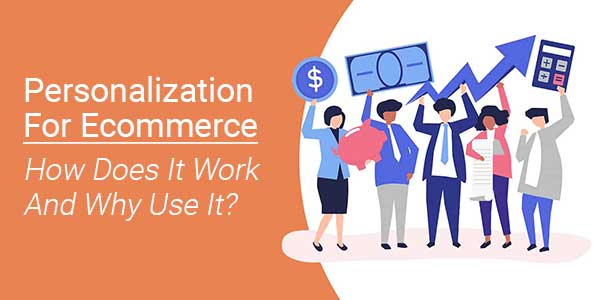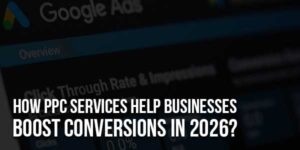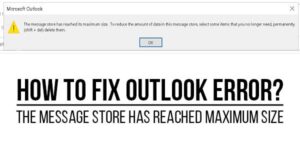
Website personalization is a rather interesting tool, that today many websites and especially online stores can use. It has a bunch of benefits that can prove themselves worthy in the short as well as long-term, highlighting how customer experience is changing and is becoming more important for the online realm.
New tools come out every single day that can help eCommerce owners explore different marketing strategies, and even the smallest store has at its disposal advanced technology that can be used even without much experience behind them. With personalization, it is becoming much easier to fit the website to a broader audience, which can lead to better success and faster growth.
In this article, I would like to briefly present the concept of personalization, what it is and more importantly, the benefits it can bring to the table.
Table of Contents
Website Personalization:
So, what exactly is personalization?
Website personalization, or rather personalizing a website, in simple terms, is adapting it for anyone that accesses it. Taking a step further from having a website with a decent user experience, implies using data that will contribute to rather a good advantage for your store.
It is all about the experience. Within the walls of a brick-and-mortar store, brands and shops are spending quite a lot of time and money on enhancing it in a way that would invite their clients to spend more time (and money) within them. Quite a lot of research has been done for determining how object placement, sound, and even smell can beneficially influence customers’ experience, as well as their consequential purchases.
And now, how does that translate into the shopping experience that is taking place online? It is much harder to work with the human senses when you do not have any access to them, so seemingly the options are quite limited.
However, when getting online, there is a fair amount of data that can be used quite effectively to tailor a customer experience that will benefit the client, as well as the store.

The Personal Approach Benefits:
As web-users with experience, we probably can agree that there is a drastic decrease in our attention span, so no wonder that we are so spoiled that we leave websites if we don’t find what we want in a very short period of time. For first time visitors, seeing the implemented customizations, by showing them more relevant suggestions can lead to a higher conversion rate, and that will certainly increase the number of people that will come back for a second visit.
An increase in the relevance of products for the repeat visitors, besides saving the time they spend searching, signals them that the website is trustworthy and does care about what they need, and not just about selling high amounts of random products.
The increase in customer loyalty is probably the most tangible effect of having a personalized website, which consequently will lead to a longer and long-lasting relationship.
Besides the increase in sales and average order value, there are other benefits that are usually expected after personalizing a website. Most of the time, customer loyalty is increasing when the visitor has a good experience, and a happy customer is always bound to come back.
Types Of Personalization:
There are different types of data that are used to personalize websites, and below are just several that are most often encountered. However, we have to keep in mind that technology and practices are advancing at a great rate, and there is an increasing number of apps that offer a great variety of Personalization tactics.
Geographical Attributes:
Within the global reach of eCommerce, it is easy to see how vast the difference between the purchasing habits is of one or the other location. Personalizing your website by location consists of making your website different for customers that access it from different parts of the world and it can help you display more relevant content for those accessing it for the first, or the 100th time.
In terms of climate, it is always prudent to be aware of what the client might be interested in. The website content might differ for such factors as the season being different in the Northern and Southern hemispheres, as well as regionally, where the climate is milder and where winters are expected to be harsher.
Using the specific locations and the knowledge of the differences they imply, brings you a great advantage in your strategy and makes it easier to schedule different promotions and campaigns, based on where in the world your client is, and when exactly they might expect it.
History And Interests:
A great way to use the time your customers spend on your website is to prepare for their next visit. While they browse and search different types of products, you get the needed data and information about their interests, types of brands they prefer, as well as what they end up purchasing. Using this data will help your website show them more relevant recommendations, with the content in which they are already interested, and that will more likely lead to another purchase.
It leads to a more effective experience which will let them know that they will be able to find what they need much faster on your store than on any other. In essence, it will be also investing in the long-term relationship with the client, and customer loyalty to your brand or store is always desirable.
Another benefit of taking note of the interests and purchases is showcasing more fitting recommendations. Better recommendations lead to more time on your website, and more time on your website always means higher sales.
Where Can You Implement Personalization Elements?
- Landing pages
- Customer journey
- Check-out page (ex: recommendations)
- Calls to action (ex: pop-ups)
The Take-Away:
The number of possible ways to start optimizing is quite vast, and a lot depends on the products you are selling, the content itself, and even the style of your website.
In the end, it is always a good idea to improve your website by listening to your customers, understanding the way their lives and experiences can be improved, and for them to appreciate the way you think and care about them. This way, their emotional connection to your products and website will make them come back time and time again, which is exactly what you are looking for.

 About the Author:
About the Author:
















Be the first to write a comment.